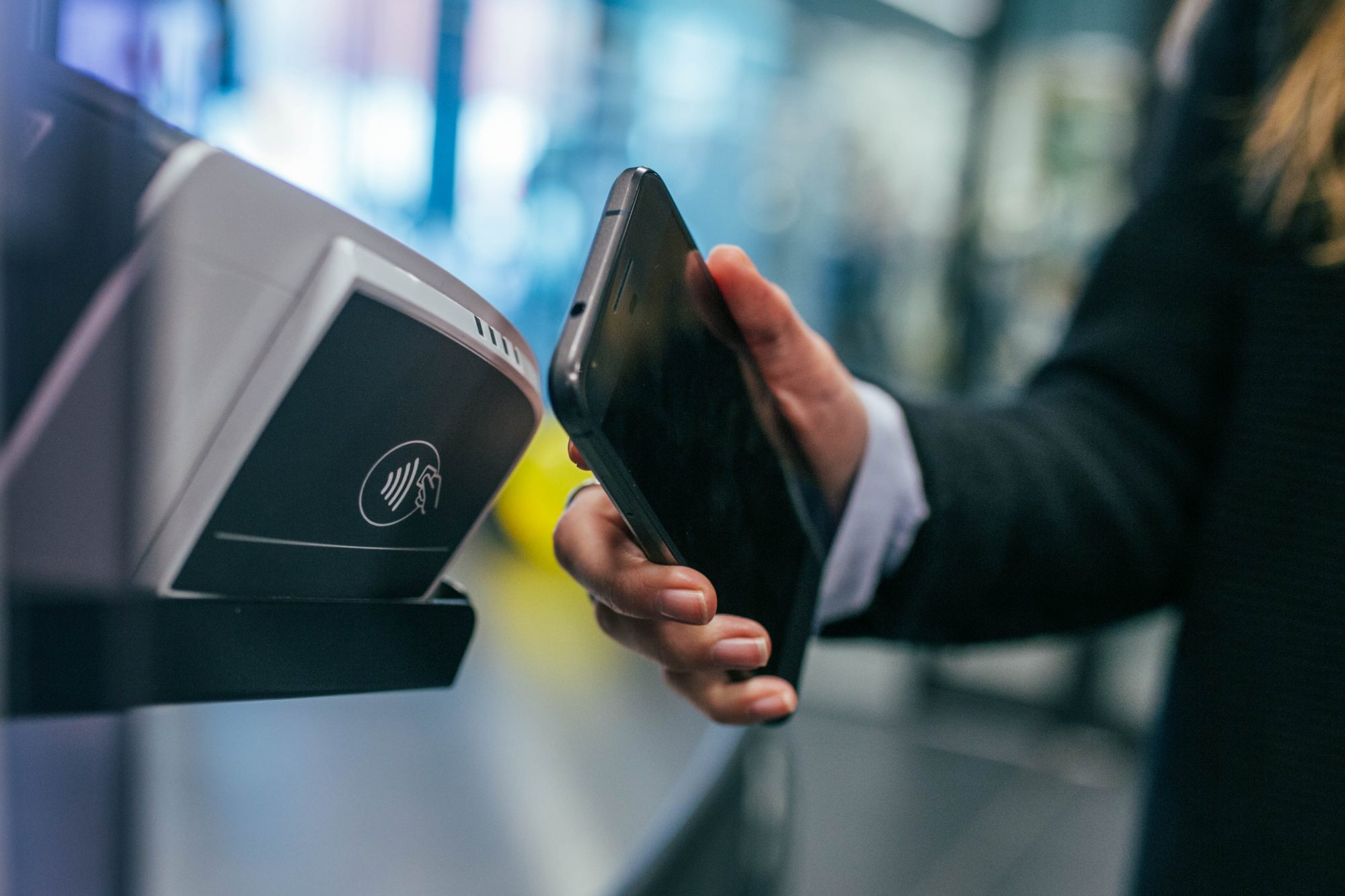The UK is one of the world’s most contactless-ready markets, with 95% of all in-store transactions now made using contactless. But as the limit on contactless transactions has risen to £100, a new wave of challenges and opportunities is emerging across the payments ecosystem.
Aaron Holmes, CEO and Founder of Kani Payments, reflects on the evolution of contactless in the UK, the regulatory and risk implications of higher-value transactions and what comes next as the industry moves beyond the £100 ceiling.
A contactless evolution, not just a convenience
Contactless payments were first introduced to the UK in 2007 with a modest £10 cap. Over the years, as infrastructure improved and consumer trust grew, the limit steadily increased: £15 in 2010, £20 in 2012 and £30 in 2015. Then, in response to the pandemic, the limit rose to £45, and later to £100 in 2021.
Each increase has changed consumer expectations. What began as a quick way to pay for coffee or a sandwich has become the default method for a wide range of purchases. “We’ve moved past the point where contactless is a novelty,” Holmes says. “Now it’s an expectation, even for higher-value transactions.”
The £100 limit: Catalyst or capstone?
The decision to raise the limit to £100 wasn’t taken lightly. While the goal was to improve convenience and reduce friction at the point of sale—especially in a post-COVID world—the move also sparked concerns about fraud, consumer protection and regulatory oversight.
Holmes believes this shift marks a turning point: “The £100 limit isn’t just about payment speed anymore. It changes how we think about trust, risk and infrastructure. Banks and fintechs have to consider the implications of making high-value transactions as simple as a tap.”
Regulatory support comes with responsibility
The Financial Conduct Authority (FCA) permitted the contactless limit increase as part of its broader efforts to support economic recovery and reflect evolving payment behaviours. But it came with clear expectations.
Strong Customer Authentication (SCA) under PSD2 still applies, meaning issuers must step in after five consecutive contactless transactions or when cumulative spend exceeds £300. The FCA also expects firms to monitor fraud closely, educate consumers and provide tools for managing contactless usage.
“Regulation has rightly kept pace with innovation,” says Holmes. “But it’s now on the industry to implement that intelligently. That means monitoring transactions in real time, applying context-aware controls and ensuring customers feel secure even as limits rise.”
Managing risk in a frictionless world
With higher limits, the stakes increase for fraud and data security. Criminals may see an opportunity, but so do forward-looking payment providers—those able to innovate without compromising trust.
“The industry has to balance two forces,” Holmes explains. “On one side, consumer demand for faster, touch-free payments. On the other, the need for robust fraud controls. Success lies in delivering both.”
That balance requires smarter use of transaction data, advanced data analytics tools and seamless authentication options that don’t slow down the checkout experience.
It’s not just about the limit
Holmes emphasises that the £100 ceiling shouldn’t be seen as the end goal. “This isn’t the final destination for contactless. It’s just another step toward a world where payments are intelligent, not just instant.”
In the future, context may matter more than value. A £95 transaction at a grocery store might be approved with a tap, while a £25 transaction at an unfamiliar online merchant could trigger an extra check. This kind of dynamic risk scoring depends on rich, well-structured data and infrastructure that can support real-time decision-making.
Data, reconciliation and the back-office challenge
While consumers focus on convenience at the point of sale, issuers and processors face growing pressure to maintain visibility and control over an expanding volume of transactions. That’s where companies like Kani come in.
“Our clients need more than speed,” says Holmes. “They need to reconcile transaction data from multiple sources, report to card schemes and regulators and manage risk—often in real time. That’s where clean, connected data becomes critical.”
As the industry evolves, back-office operations will become just as important as front-end user experience. Automated reconciliation, standardised reporting and transparent audit trails are no longer nice-to-haves.
Where we go from here
Looking ahead, Holmes sees three key trends that will shape the future of contactless and digital payments in the UK and beyond:
Smarter authentication: Biometric verification, behavioural analytics and tokenisation will become more widespread as issuers seek secure but frictionless ways to approve higher-value transactions.
Data-driven infrastructure: Payments data will power everything from fraud prevention to product design. The winners will be those with systems that can ingest, enrich and act on that data quickly.
Global alignment: As limits rise in other countries and cross-border transactions increase, there’s a growing need for harmonised approaches to risk, reporting and compliance.
Final thoughts
The rise of the £100 contactless limit reflects broader shifts in consumer behaviour, regulation and technology. But it’s just one chapter in the story. The real challenge (and opportunity) for payment providers lies in building systems that are both fast and intelligent, flexible and secure.
As Holmes puts it: “Contactless isn’t just about tapping a card anymore. It’s about building trust at speed and at scale.”
Attribution note
This article is adapted from an original feature in Finance Derivative, where Kani CEO Aaron Holmes shared his perspective on the evolution of contactless payments in the UK.
